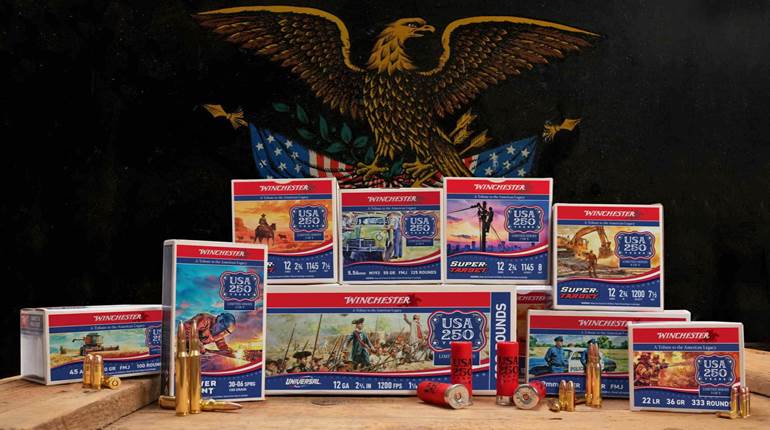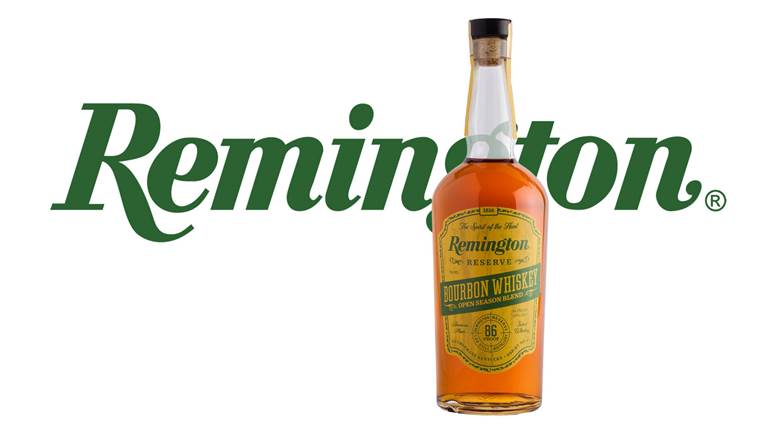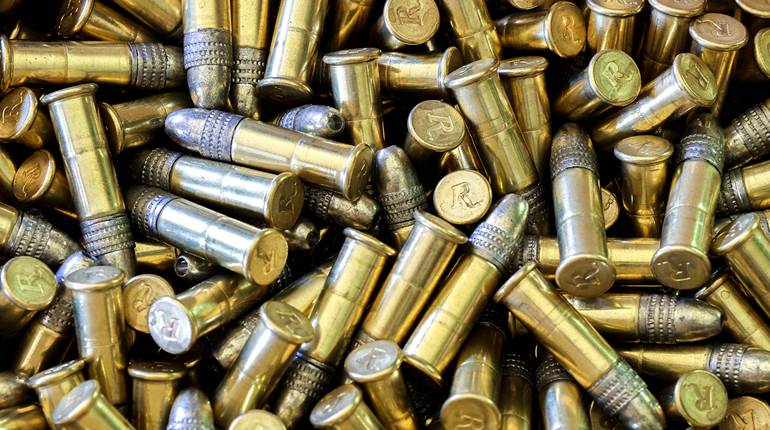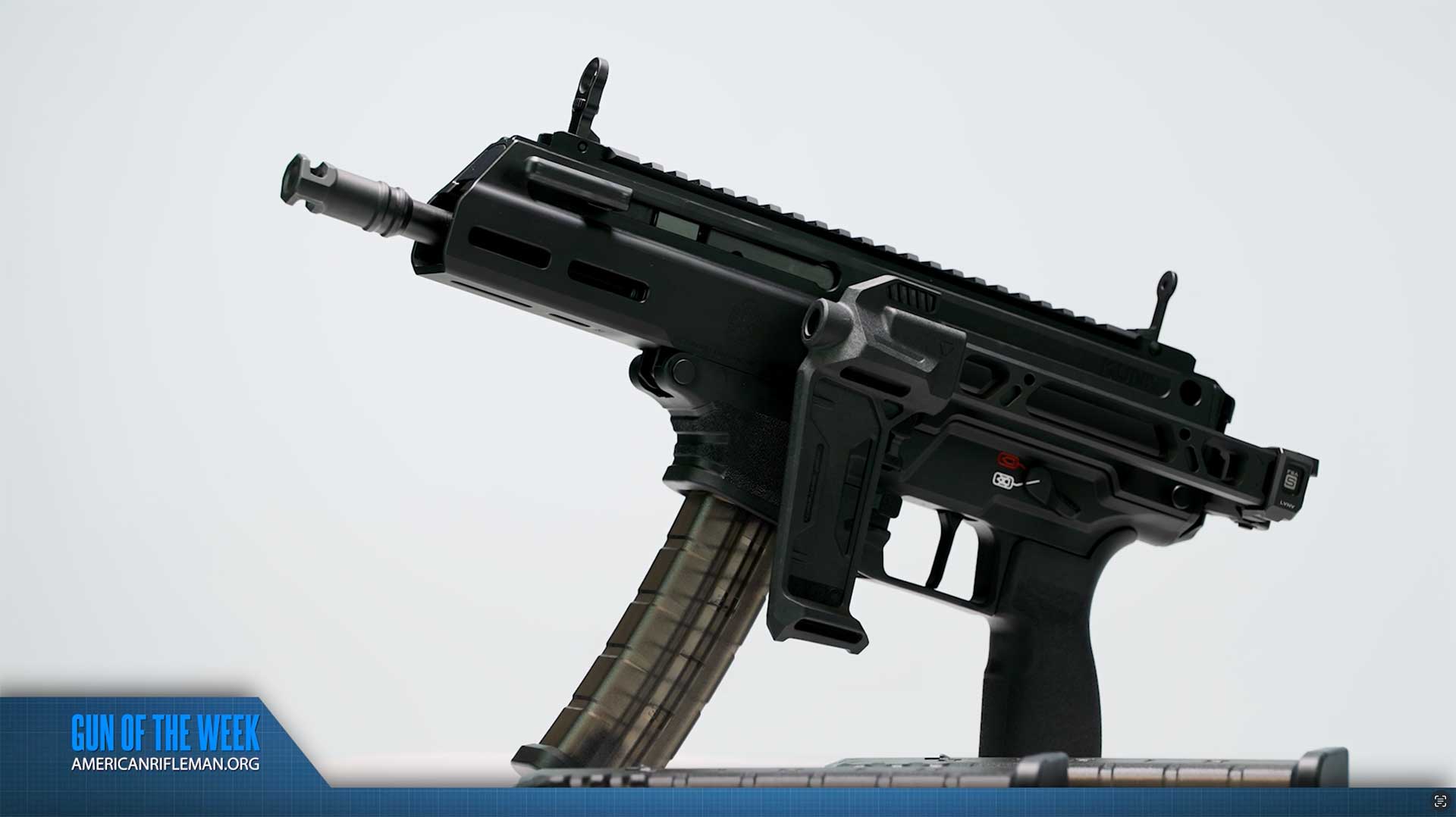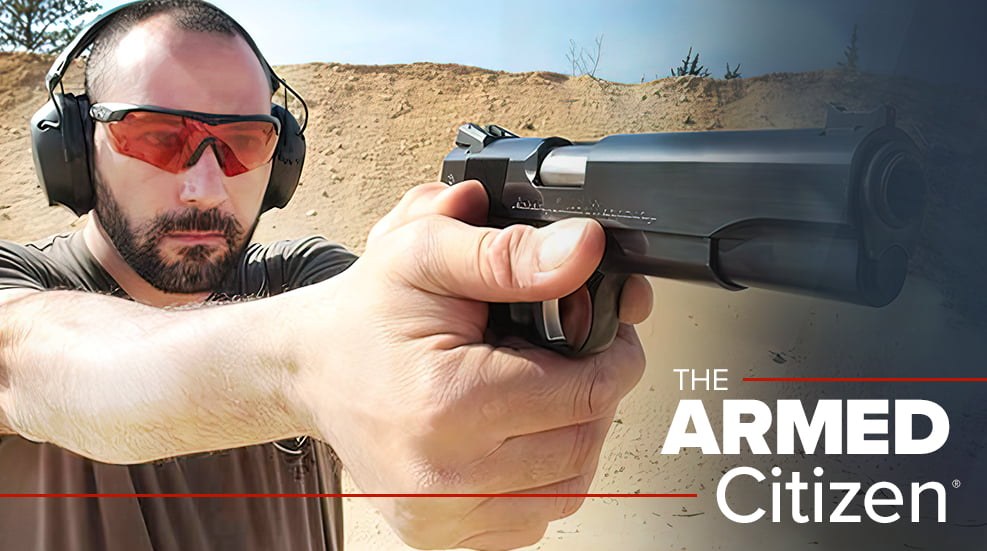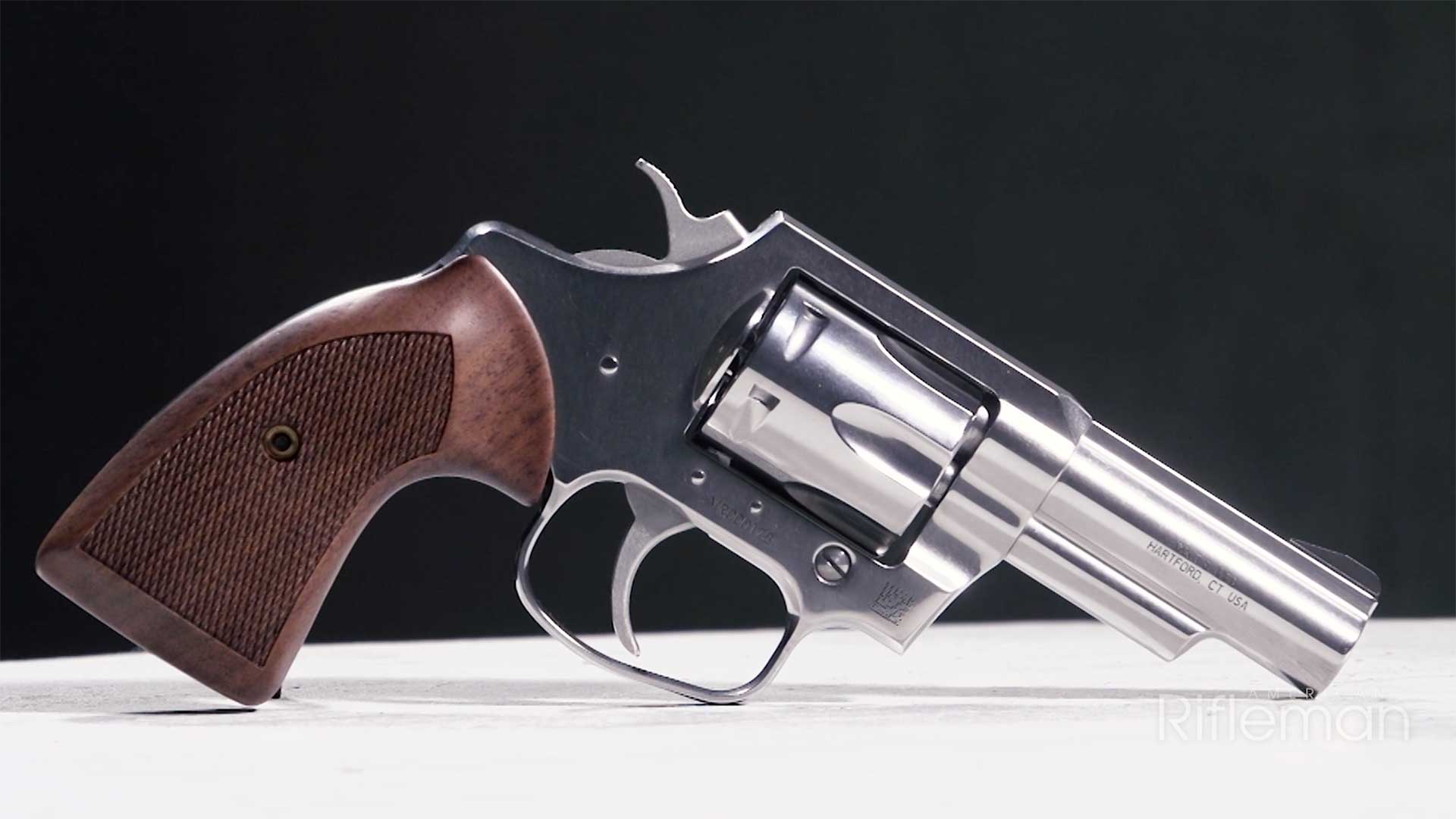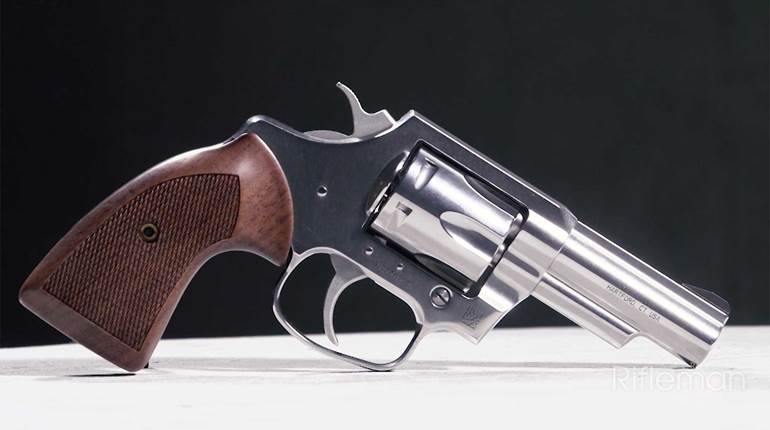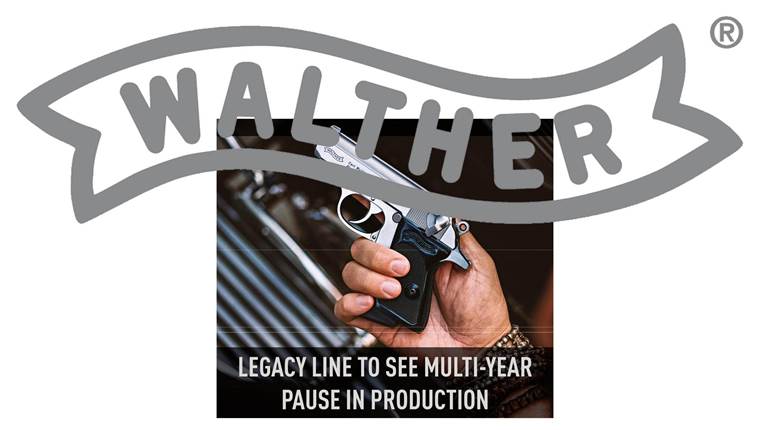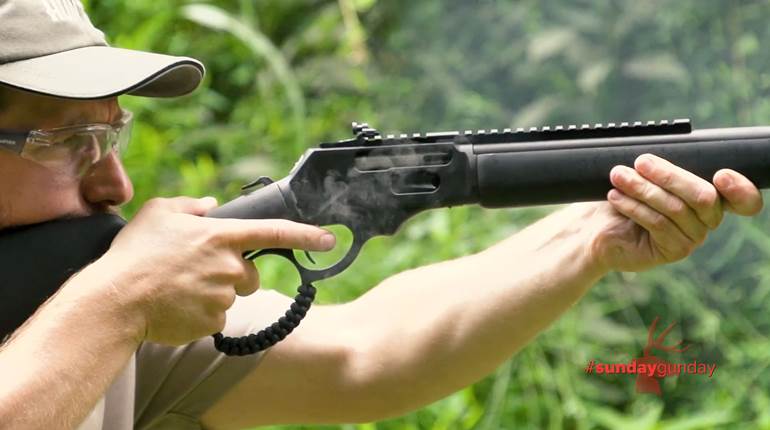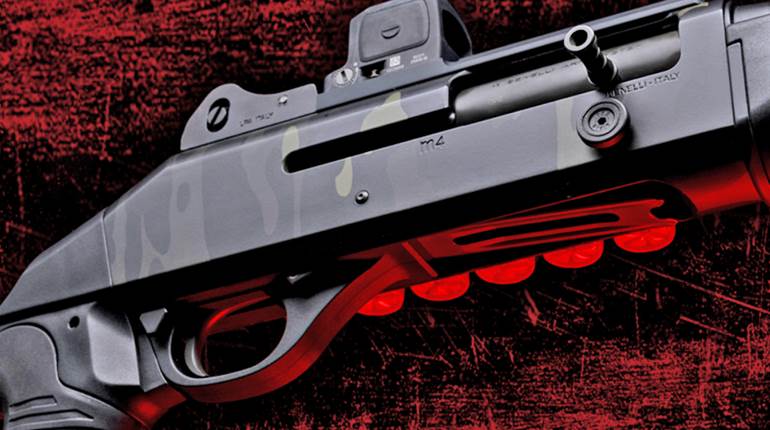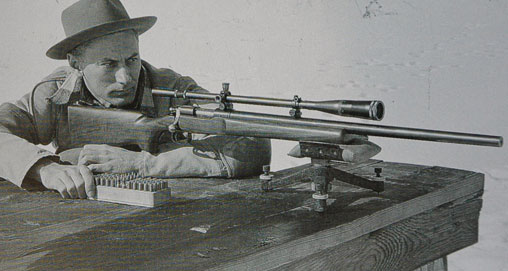
An important chapter in the story of the 7 mm Remington Magnum cartridge begins around 1950 in a magical place called "Elk Heaven" by outfitter, firearm writer and former aircraft designer Les Bowman. While flying over country near the Thoroughfare region of Yellowstone, he discovered herds of elk on a high plateau reaching 10,000 feet and higher into the Wyoming sky. Due to a steep climb through country choked by blowdowns and rockslides, getting to it required about as much walking as horseback riding so when Bowman started hunting the area he mostly reserved it for hunters who were in good physical condition.
Much of Elk Heaven was well above timberline, and the open country often required shooting at long range. At the time, the .300 Wby. Mag. was beginning to catch on, but, convinced that his clientele shot more accurately with cartridges generating less recoil, Bowman encouraged the use of milder cartridges such as the .270 Win. and .30-'06 Sprg. At reasonable distances both worked fine on elk and, while hunting with Bowman, Jack O'Connor took a nice bull at extremely long range with his Al Biesen-stocked Model 70 in .270 Win. But what Bowman really desired was a cartridge capable of shooting as flat as the .270 Win. and delivering more energy downrange than the .30-'06 Sprg. but with about the same level of recoil.
Soon after hunting with Bowman, O'Connor sent him a rifle in .275 H&H Mag., a belted cartridge of British design that dates back to 1912. After experimenting with several different bullets in it and trying them on elk, he settled on two. His favorite at the time was the Controlled Expansion Bullet made by P.O. Ackley. With a solid shank section at the rear and a lead-filled expansion cavity up front, it was quite similar in construction to the Trophy Bonded Bear Claw introduced by Texan Jack Carter about 30 years later. Ackley's barrel-making business kept him from making a lot of bullets, so anytime Bowman ran out of those he used the 160-grain Sierras until eventually switching to Nosler Partitions of the same weight.
Bowman was quite impressed by the performance of the .275 H&H Mag. and even loaned the rifle to a number of his clients who used it to take their elk. He also tried a rifle in 7x61mm Sharpe & Hart and liked it as well. But he was a handloader, and cases for both were not easy to come by, so soon after the .338 Win. Mag. was introduced in 1958, Bowman necked down its case for 7 mm bullets. Leaving case length and shoulder angle the same, he shortened the neck a bit, but it was still long enough for adequate tension on a bullet. Having a spare Remington Model 721 on hand, he sent it to Fred Huntington of RCBS who replaced its barrel with a 24-inch barrel made by the Pfeifer Rifle Co. of Sun Valley, Calif. Its rifling twist rate was 1:10 inches. After switching out the bolt with one from a Model 721 in .300 H&H Mag., Huntington chambered the barrel for Bowman's wildcat cartridge, machined loading dies for it and stamped them ".280 Rem Mag." The barrel of the rifle was stamped the same.
Bowman's favorite load for the cartridge pushed a 160-grain bullet to 3,050 fps, which was similar to what he had been getting from the .275 H&H Mag. Hunters who hunted grizzly during the spring season of 1959 were first to try it and, come autumn of that year, it accounted for a number of bighorn sheep, Shiras moose, mule deer and elk. Misses and wounded animals dropped to near zero, mainly because hunters (which included a couple of ladies) found the rifle so comfortable to shoot. Also among the hunters that year were Mike Walker and Wayne Leek of Remington.
I must back up at this point and mention that Bowman never used the 7 mm Wby. Mag. on elk because in those days the barrels of Weatherby Mark V rifles in that chambering had a rifling twist rate of 1:12 inches, which was too slow to stabilize the 160- and 175-grain bullets he considered the proper weights for use on elk. I corresponded quite a bit with Les during the 1970s and '80s but never asked why he did not have a rifle with a quicker twist rate built for the Weatherby cartridge rather than for a wildcat cartridge. I never asked the question because, at the time, I was already aware of events that soon followed the development of the ".280 Rem. Mag."
Les Bowman had been friends with Mike Walker for about as long as Walker had been at Remington and their friendship continued for many years. Walker was in charge of a number of design projects for the company, including the Models 721 and 722 rifles, which were introduced in 1949. The .222 Rem. and .244 Rem. cartridges are also on his list of accomplishments, as is the development of the button-rifling process for rifle barrels. Walker loved to hunt and made several trips to Elk Heaven. As you might have guessed, he used the rifle in .280 Rem. Mag. Bowman initially loaded Bruce Hodgdon's military-surplus H4831 propellant but eventually switched to a non-canister DuPont propellant of slower burn rate sent to him by Walker. So, in some ways, both were actually involved in the development of the cartridge.
Prior to shooting the .280 Rem. Mag., Mike Walker mostly used a Model 721 in .300 H&H Mag. when hunting elk and moose, so he was quite impressed by the flat trajectory and mild recoil of the 7 mm cartridge. Wayne Leek who, during his career with Remington, was also involved in the design of several firearms-including the Nylon 66 and Model 788 rifles and the Model 1100 shotgun-also tried the cartridge and was equally impressed. Convincing upper management that it should be added to the list of options for a new bolt-action rifle on Walker's drawing board was not easy because no 7 mm cartridge had proven to be popular among American hunters, and that included the .280 Rem. introduced by Remington only a few years earlier.
Walker was determined to see Remington offer a 7 mm magnum cartridge, and in 1960 asked Les Bowman to come to the corporate office for a meeting with company president Tom Coleman. Coleman seemed to like the idea, but members of the marketing department were against it, and backed up their opinions with the poor sales record of Roy Weatherby's 7 mm Wby. Mag. Coleman then asked Bowman what effect he thought the introduction of the cartridge might have on the company's existing line of rifles and cartridges. His answer was it would pretty much kill sales of rifles in .280 Rem. for awhile, but the loss would be a drop in the bucket compared to the number of rifles the new cartridge would sell.
Several days after returning to his L.B. Bar Ranch near Cody, Wyo., Bowman received word from Walker that Remington had adopted his cartridge but, since there was already a .280 in the family, it would be called 7 mm Remington Magnum. In 1962 it was introduced along with an equally new rifle called the Model 700. Whereas the barrel of Bowman's rifle had a 1:10-inch rifling twist rate, the Model 700 was introduced with a 1:9¼-inch twist. During the first years of production more Model 700s in 7 mm Rem. Mag. were sold than all other big-game chamberings combined, and that included the .270 Win. and .30-'06 Sprg. And whereas Remington's annual production of Models 721 and 722 rifles had been no more than a few thousand, almost 40,000 Model 700s left the factory during its introductory year. Several more years would come and go before production of the rifle managed to catch up with demand.
The 7 mm Rem. Mag. was introduced in two loadings, 150-grain Pointed Core-Lokt at a muzzle velocity of 3,260 fps and a 175-grain Core-Lokt of round-nose shape at 3,020 fps. Handicapping a cartridge designed for shooting game at long range with a medium-range bullet was a bad mistake, but it was corrected in 1968 when the bullet was replaced by the 175-grain Pointed Core-Lokt. In addition to shooting flatter, the new bullet delivered more than 2,350 ft.-lbs. of energy at 300 yards, as compared to 1,630 ft.-lbs. for the one it replaced. During that same year, a third loading with a 125-grain Pointed Core-Lokt bullet at 3,430 fps was added.
In addition to selling truckloads of rifles and ammunition for not only Remington but other companies as well, the 7 mm Rem. Mag. went a long way toward making other cartridges of its caliber better accepted by American hunters. Roy Weatherby once told me he sold very few rifles chambered for his 7 mm magnum until the Remington version came along. The fact that he finally got around to changing the twist rate of his rifles to 1:10 inches didn't hurt anything, either. Prior to 1962 the .280 Rem. was a dead duck and, while it has never set the world afire in sales, it is much more popular than it once was. If not for the 7 mm Rem. Mag., the 7 mm-08 Rem. might not be with us today. A friend of mine recently placed an order for an expensive custom rifle built on a G33/40 action. It will be chambered for the 7x57 mm Mauser. Like I said, Remington's "Big Seven" has made a big impact over a lot of hunting territory.
How popular is Remington's Big Seven today? During 2011 at Federal Cartridge, it ranked as the sixth most popular big-game cartridge in sales behind the .243 Win., .30-'06 Sprg., .308 Win., .270 Win. and .30-30 Win. The "Top 25" list compiled each year by RCBS and based on reloading die sales also has it ranked No. 6 during the same year. My money says the 7 mm Rem. Mag. will continue to be one of the world's most successful big-game cartridges for at least another half century.













